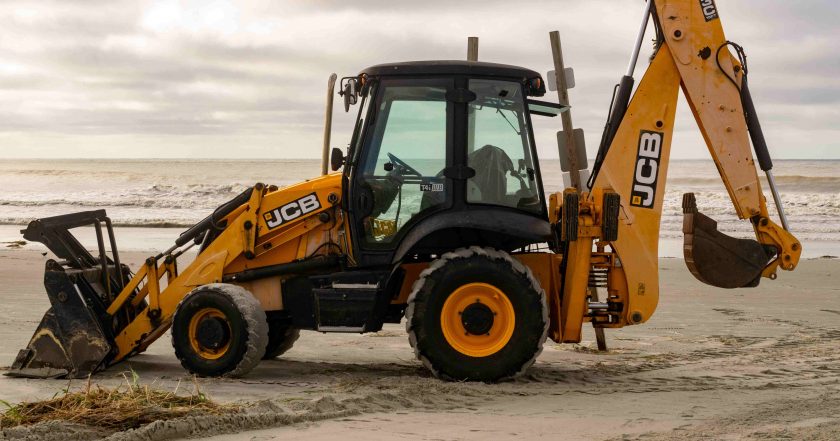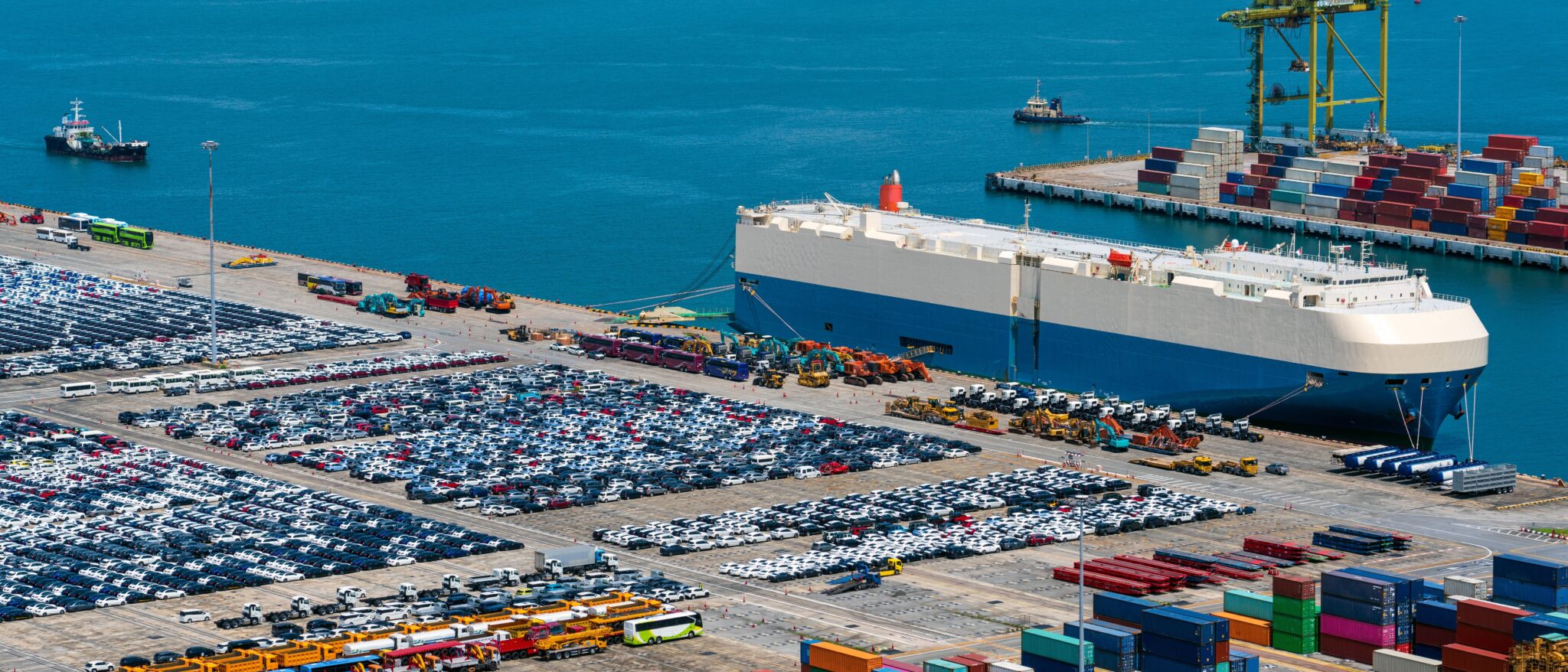Transporting a backhoe is a challenging task. This enormous construction machinery requires considerable planning, suitable transport equipment, and strict compliance with federal and local regulations to implement safe and legal shipping.
Therefore, many backhoe owners rely on auto transport companies to move their heavy equipment even if the shipping distance isn’t long because even short travels require the same preparation and resources. As a result, it is significant for owners to know all details about the process of transporting a backhoe and how to find the most reliable company qualified for such a complex job.
Hiring a Professional Auto Transport Company
Since there are a massive number of companies that offer heavy equipment transporting services, finding the best would be challenging. Here are the most crucial things to look for in a transport company:
- The company must be licensed and has an authorized MC number. This number is a deal breaker. And if a company doesn’t provide it or has one, a client should look for another.
Why is an MC number significant?
It can help customers check the company’s legal situation and know whether they are a common carrier, contract carrier, or broker.
- Oversized cargo needs special permits to transport legally across the state, and each state has criteria for granting these permits. So, the company must know about heavy local and federal vehicle shipping regulations.
- Pertinent experience is also a critical factor in comparing service providers; transporting a Backhoe requires proper planning and high loading, securing, and driving skills.
Trailers Used in Heavy Equipment Transportation:
Choosing a suitable shipping trailer is somewhat confusing, especially for someone who ships a backhoe for the first time. Here are the trailers used for transporting a backhoe:
- Flatbed Trailers: this type of trailer is excellent for small-sized backhoes. This carrier can haul loads with a maximum of 48,000 pounds weight, and its cost is less expensive than other types of trailers. Read about the Pros and Cons of Flatbed Trucking.
- Step Deck Trailers: this carrier can carry loads up to 48,000 pounds like flatbed trailers. The only difference is that step deck trailers can be used to transport equipment of more than 8.5 feet height without exceeding the height limits.
- Removable Gooseneck Trailers (RGN): RNG trailers have various designs with vast capacities that can exceed 150,000 pounds for specialized trailers.
Loading and Securing a Backhoe:
To choose the right heavy-duty hauler for transporting a backhoe and implementing an appropriate loading operation, auto transport companies often follow these procedures:
- Determine the backhoe dimensions: information about the heavy equipment’s weight, height, width, and length is essential for the transport company. They will determine the trailer type to be used accordingly.
- Inspect the truck trailer: before loading heavy equipment on the trailer, the auto transport company’s team will ensure the truck and trailer tire condition is adequate to handle a heavy load without getting damaged. Add to this; a large backhoe can limit the truck’s braking abilities, so the team must check the operating braking condition.
- Load and secure the backhoe: the backhoe must be loaded slowly with utmost care to ensure that most heavy equipment weight is distributed towards the trailer front. Securing the load is equally essential. They should start with applying the backhoe parking brake. This step is critical to ensure the load won’t run off the trailer. In addition, they should use tie-downs and chains to keep the equipment in place while in transit.
Transporting a Backhoe Preparation:
Finding a trustworthy car transport company plays a significant role in the shipping process’s success. Still, safe backhoe transport begins with pre-shipping and proper preparations to ensure the heavy equipment readiness for the move.
- Remove all loose parts or secure them tightly to prevent damage to the backhoe or the shipping team.
- Drain all fluids such as fuel and other liquids to the level required to operate to minimize the leaking risk, which may harm the shipped equipment.
- Cover all vulnerable parts that may get dirtied or damaged during transportation. Remember that shipping heavy equipment on open trailers exposes it to all external factors.
- After the loading operation, don’t forget to disconnect the battery to prevent charge drain.
The Cost of Transporting a Backhoe:
Transporting cost varies depending on several factors such as:
- The heavy equipment dimension: larger equipment consumes more fuel, and drivers often have to take longer routes because oversized loads can’t fit on all roads. Moreover, oversized permits are required to ship cargo exceeding the weight and length limits legally.
- Pickup and drop-off location: The cost to transport the backhoe increases with the distance between the two locations. Additionally, picking up the load from a rural area far from the main roads increases the travel distance, resulting in higher shipping costs.
Conclusion
There are many things to learn about shipping heavy equipment properly. However, hiring a professional auto transport company can help achieve successful and safe travel.
Tempus Logix is a professional auto transport company specializing in vehicles. Whether it’s a huge backhoe or a tiny car, the company has the suitable trailers to handle the transportation smoothly and affordably.










